As the former head of paid marketing at various SaaS companies, I can tell you firsthand that doing paid searches for SaaS (software as a service) companies is a different ball game than with any other industry.
It has its own specificity and pitfalls that require a precise process and methodology to avoid wasting time and money, and, ultimately, giving up from frustration and lack of experience.
In this guide, I will walk you through everything I’ve learned about paid search marketing for software companies, as well as how our SaaS PPC agency create campaigns that drive revenue and pipeline – or at the very least, will make you save money on your future campaigns.
How SaaS PPC is Different From Traditional Search Campaigns
When we refer to SaaS PPC, we might assume that it is just another PPC method for B2B brands, but in reality, it is more complex than that – and personalization is the key concept.
Why?
Because the nature of SaaS solves a very specific problem for a very specific persona, SaaS business involves thoroughness that needs to be considered while mapping your strategy and executing your paid search campaign.
Let’s tackle the unique specificities of paid searches for SaaS companies.
Different Employees Involved in the Buying Process
When you want to sell your SaaS product, you need to engage with the entire buying committee, as SaaS involves various steps and touchpoints with different people.
First, you’ll have to convince the decision maker, AKA, the person responsible for approving and evaluating the deal. But before this, there is probably the end user to consider – the person who will be using the tool – and they need convincing first.
The Buying Journey is Not Linear
The SaaS buyer journey is not as linear as with traditional marketing methods, as our products generally require more evaluation and comparison than other products because they are often more complex to implement.
This is because the nature of SaaS products can deeply transform the process and organization of a company, so it requires a longer time to evaluate different types of content, and budgets require spending during different stages of the buying process.
This is basically what marketers call the ‘funnel stages’, which are segmented into 3 phases: awareness, consideration, and conversion.
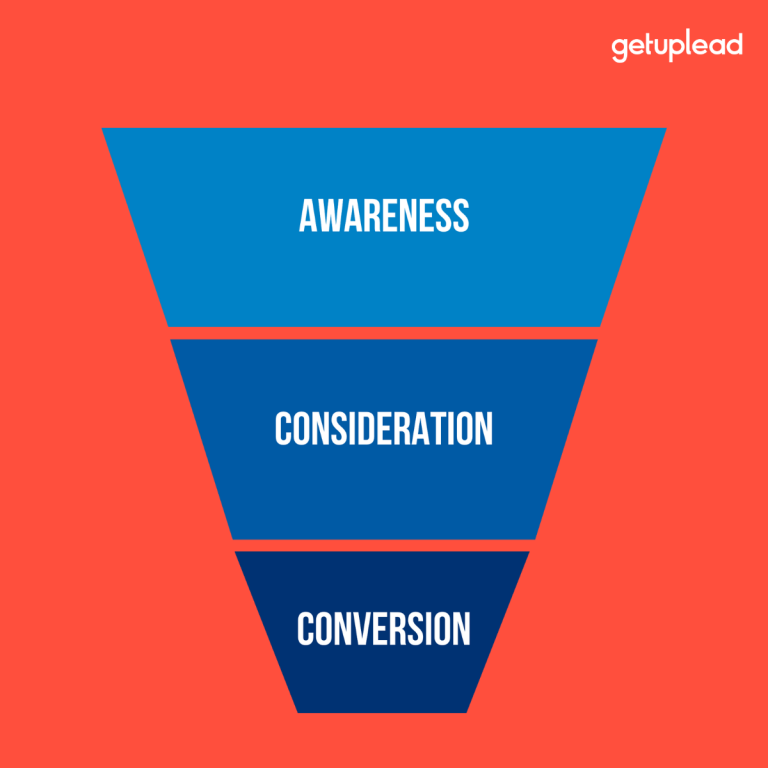
ICP & Buyer Persona
SaaS products are generally tailored to a specific industry and buyer persona. For example, Semrush addresses a problem that will only resonate with the SEO team of the company – the CFO of the same company won’t require this tool. The same goes for other industries.
Business process management software is useless for small business owners because a small company doesn’t have complex process management to analyze. All these target specificities must be reflected in the ad copy and the message and keyword selection of the campaign.
Remarketing is Critical
Remarketing is an essential part of the buyer journey and is even more relevant when the buying process needs a longer sales cycle.
Remarketing is the best ally to keep the buyer committed and at the front of the mind until they are ready to commit. If there is one campaign that needs to run nonstop, it is the remarketing one.
Attribution Model & Dark Funnel
83% of the B2B customer buying process is done without talking to the sales rep. Prospects prefer to learn by themselves and compare and evaluate different products and services without interacting with the company.
This means your degree of visibility during the buyer journey will play a crucial role in the buying process, and the tricky part is that all the touchpoints and online interactions with your brand won’t be counted and tracked by your CRM.
There are certain touchpoints you won’t be able to track because they are harder to measure, as they imply clicks. This is what we call the ‘dark funnel’.
For example, someone who sees a Display Ad (but doesn’t click on it) may be influential during the buyer journey – but this touchpoint won’t be reflected on your CRM. This is why demand generation is so important for SaaS – and it should be a part of your paid search strategy.
How to Build & Launch a Successful Paid Search Campaign
This step-by-step process will enable you to smash your paid search campaign goals.
1 – Know Your Target
If your SaaS startup is still in the process of validating your product market or doesn’t have any customers yet, the first step I would recommend is to start creating your buyer persona.
If you don’t know how to create a buyer persona, I encourage you to learn how to build it. There is plenty of information available on the internet about this process.
If you already have an established SaaS business with some customers, you can directly analyze your current customer base and identify the demographics and firmographics patterns. Ask yourself the following questions:
- Which industry do they belong to?
- What is the age of your customers?
All of this information will help you create and set up your campaigns that will resonate with your audience.
You can also do some audience research to find the best-converting user segments from historical data and focus acquisition campaigns on them. This is best done using segment analysis with Google Analytics or similar tools.
Another efficient way to use your audience data is by excluding segments you’re not interested in. For example, most SaaS companies aren’t relevant to people between the ages of 18 and 24, students or people working in the education sector, so it is better to exclude them from your targeting.
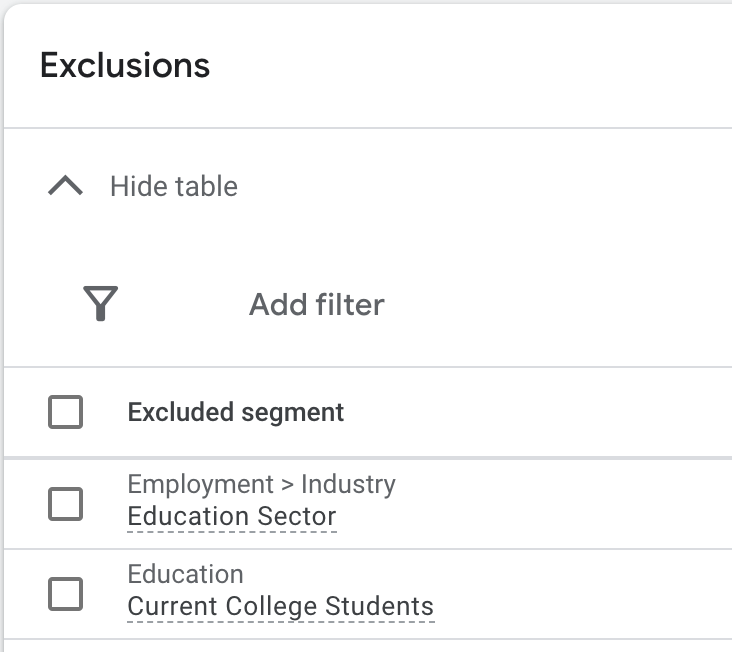
Another aspect that involves the audience’s knowledge is the complexity of the B2B market. Unlike B2C, which everyone can understand easily, the B2B product market is more convoluted.
For those types of clients (and any other B2B PPC situation), you probably understand the market, but applying it to paid search is a different matter and you need to be fully aware of the nuances of the products and services.
Google Ads and Bing will try to match you to as many types of keywords as possible, so if you don’t know the product well, you could spend a lot of money on search terms that are irrelevant to your campaign.
2 – Find High-Value Keywords for Your SaaS PPC Campaign
Keyword research is a crucial aspect of planning and budgeting for a campaign – and there are resources to make it easier.
Tools to Perform Keyword Research
Once you understand the market and your target audience, you can focus on keyword research. Be sure to get the right tools to find all the relevant keywords to capture the existing demand on Google.
These tools include:
- Keyword Planner
- Semrush (to investigate which keywords competitors target)
- Keyword Everywhere
- Keywords from Google Search Console (for SEO)
I recommend grouping these keywords together to achieve a clear vision of the different topics, which will then provide better organization.
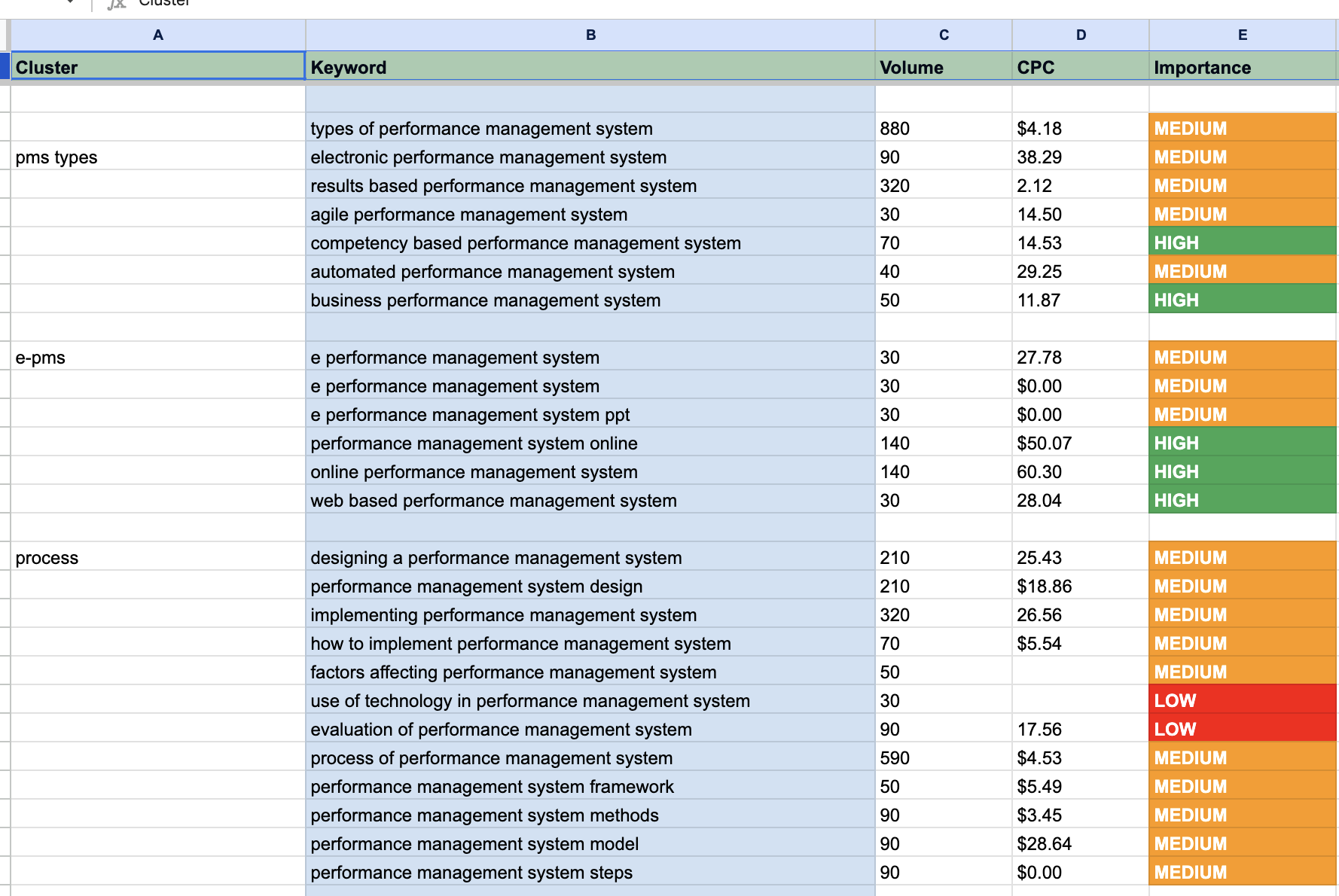
Also, don’t limit yourself when building a keyword list. The goal here is to list every keyword related to your services. From top-of-funnel to bottom-of-funnel, you will need to know them all depending on the funnel stage of your campaigns.
Be sure to cover all the types of keywords. For B2B SaaS there are 4 main categories:
- High Intent Terms
AKA, software category keywords, which is the category your software operates in. These keywords are high intent keywords searched by the decision-makers, the ones approving or evaluating the purchase of the software. For example:
- Workflow automation tools
- Task automation software
Pro tip: be sure to include all the variant-related words to the solution, such as “tool”, “system”, “platform”, “software”, “app”, “vendors”, “platform”, and so on.
- Product Capability Keywords
These keywords are basically the tasks that people want to do. In general, they are the tasks that will be researched for the end users. For example:
- Send LinkedIn leads to email
- SQL data to Google Sheets
- Competitors
This is a controversial tactic that can burn a lot of money when it isn’t done with proper preparation. However, bidding on competitors is a winning strategy when you have the right approach.
It can generate attention to your brand when users aren’t looking for it in the first place and hijack the traffic of your competitors.
A few things to consider:
- If your brand is not established, this can be a good opportunity to take advantage of the users searching for your competitors.
- Create some specific landing page comparisons for each and emphasize the advantages behind them.
- Not all your competitors can be profitable for these campaigns, you’ll probably have to test different brands until finding profitable keywords.
4. Middle of the Funnel Keywords
Targeting keywords higher up in the funnel can be a good strategy when the high search intent keyword and product capability are too expensive due to the competitiveness of your category.
These searches correspond to the consideration stage where your target audience knows it has a problem and is considering investing in a solution.
They may not be ready to test your product yet, or even do a demo, but they are interested enough to compare and evaluate different solutions between them. If you are in a crowded market or with a high-competition paid search landscape, consider testing these keywords.
Some content ideas that can be a good fit are the Forrester Wave Report, Comparison Guide, and the Buyer’s Guide.
Pro tip: you can also use these assets for a retargeting strategy with Display Ads.
Be Sure to Include all the Long-Tail Keywords
While it might be tempting to aim for broad terms with high search volume, it is often wise to avoid generic or overly competitive keywords that can drain your budget without delivering results.
Instead, incorporate long-tail keywords. These are extended, more specific keyword phrases that visitors will likely use closer to making a purchase or subscription decision. They may have lower search volumes but often have higher conversion rates due to their specificity.
Pro tip: highlight the keywords in different colors depending on their priority. You’ll have to make some trade-offs with your keywords, so this will help you to know which ones are top priority.
3- Ad Copy
Your campaign copy is the headings and text used to sell your product – so make sure it is of the highest quality.
3.1 – Mastering Your Headlines Copy
First, you should use keyword-related headlines that match the search intent in a maximum of five slots. E.g.: Project management software, #1 Project management platform, etc….
That leaves you with ten other headlines to share messaging with potential customers. These other headline slots should be filled with different types of headlines.
Here is a list of the 5 different types that I use to brainstorm (with examples):
1. Problem solved > Say goodbye to spreadsheets
2. Customer benefit > Track your spending easily
3. Improvement expected > Reduce screening time by 80%
4. Social proof > 5000+ users
5. Call to action > Book a demo
There are many more angles to test. Organize all the angles and headlines in a spreadsheet to get a better overview.
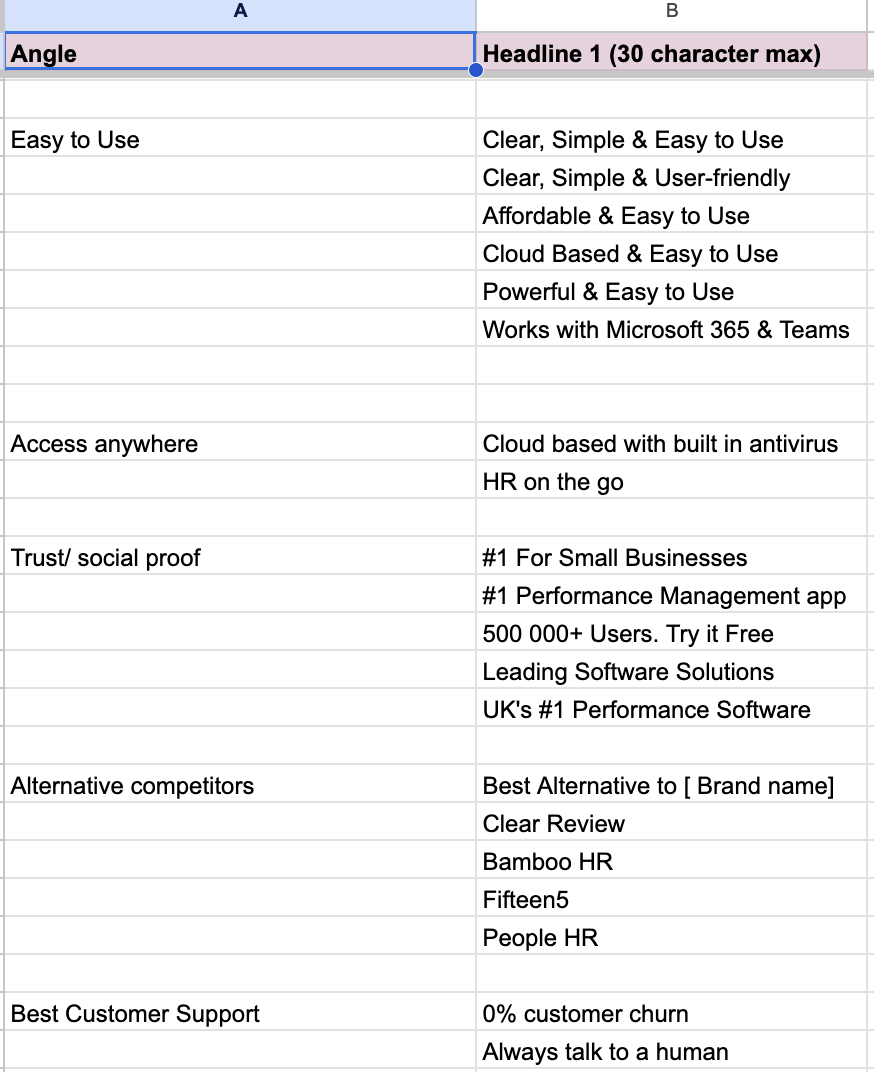
How many responsive ads should you be running in an ad group? Running 2 ads per ad group is more than enough, one evergreen ad and another one testing new angles.
3.2 – Be Different
Standing out from your competitors is highly underrated in B2B SaaS Google Ads copy and could be your superpower compared to other brands. Why? Because all your competitors are using the same boring headlines:
Headline 1:
#1 [Your Product]
Easy to use and powerful
Save time and money
Compare your ad copy against your top competitors’ ads and differentiate your headlines from theirs. If nobody is using the “#1” headline, you can go for it, but if you see that your top competitors are using it, you should come up with something different.
You rightly call out leaning into USPs, benefits, and discounts, but to do these properly, compare them with those of your competitors to make sure yours stand out.
It’s not necessarily about having “better” benefits but having clear, valuable points of differentiation from the ads you most often appear alongside. And the only way to do this is to understand the competition.
A couple of interesting points where you can make a clear difference include:
- Pain points vs benefits.
- Product capabilities vs solution.
- Features vs outcomes
Follow this process to craft some original and different copy:
- Map out exciting product/service features
- List all associated advantages and benefits
- Create multiple headline variations
- Each variation should focus on a maximum of 1 feature
- Assign each feature a maximum of 1 advantage + benefit
4 – Organize Campaigns By Your Buying Funnel Stages
Summarize the campaigns you need and structure them via the funnel stages.
4.1 – Brand Term Campaign
If you don’t rank #1 organically or competitors are bidding on your brand term, run the brand. If not, don’t run it.
4.2 – Competitors
One tactic you can adopt is bidding on the product or company names of your competitors. These are known as competitor campaigns. Which, when executed with a thorough strategy, can be very successful. However, they should be approached with caution.
Understanding the benefits of this type of campaign is crucial, as well as the keyword research that should be implemented. Once you’ve done this, you can then seek out the right resources to help optimize your campaign and guarantee success.
4.3 – High-Intent Campaigns
Your high-intent campaigns are keywords that focus on capturing people who show intent to buy or evaluate a piece of software.
- Core category keywords campaign keywords that include “platform” and “software”.
- Capability keywords campaign, keywords that include the jobs to be done with your product “ SQL to Google sheets”.
4.4 – Retargeting
Since only a small percentage of your visitors will convert on their first visit, retargeting is particularly useful for SaaS – but again, it needs to be perfectly executed.
Segmentation is the key here, so make sure you separate your different lists of past users from different campaigns and create a remarketing list according to your new segmentation.
Pages Visitors
For retargeting, your primary focus should be the users who have shown a high search intent, as these users are generally the ones who have visited specific pages:
- Product and features pages
- Pricing
- Demo, free trial, and contact page
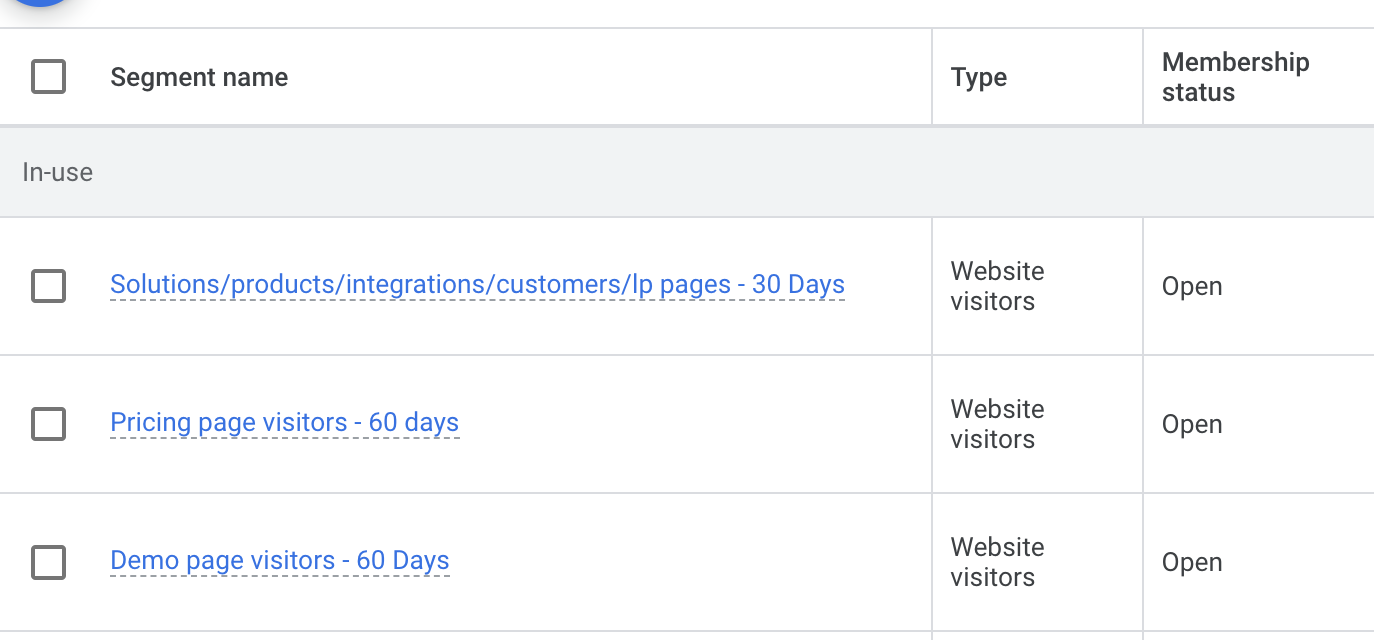
- Website behaviour
- Some examples of retargeting audience based on behaviors
- Time on site including people who have stayed more than 3 minutes on your website
- People who visited more than 3 pages.
- Customer journey
Users who have already downloaded content but never scheduled a demo or users who have shown interest three months ago but don’t interact with your brand anymore. These audiences are known as customer lists.
Exclusion lists: Once users convert or become irrelevant, add them to an exclusion list to avoid wasting ad spend on them.
5 – Landing Page
PPC campaigns often require a lead to click on the website URL and then be converted on the website landing page, so this page must be user-friendly.
Key Elements on SaaS Landing Pages
Although no two SaaS brands are the same, there are similarities that often need to be relayed on the landing page. These are:
Features & Benefits
This is imperative for explaining why your product is relevant and the best way to do this is in easy, digestible ways, such as demonstration videos or diagrams.
Hero Section
Your lead will see this part of the page as soon as they land on your website, so it needs to include all the information they need in order to convert. For example, links to different areas of the site, a table of contents, and a brief introduction.
Proof
This includes case studies, testimonials, and reviews – all of which should be genuine. This acts as an invaluable tool for ensuring the lead that your product is reliable and valuable.
Contact Details/Form
This will help your lead clear up any questions or doubts they may have, as well as allow you to hold onto their details.
Call-to-Action (CTA)
Resist the urge to opt for too many CTAs, as it can be confusing and overwhelming for the lead. Instead, one or two obvious and strategically placed ones will do the job. This could include “Find Out More”, “Download”, or “Start My Trial”.
Feel free to use our landing page mockup that covers pretty much all theses points
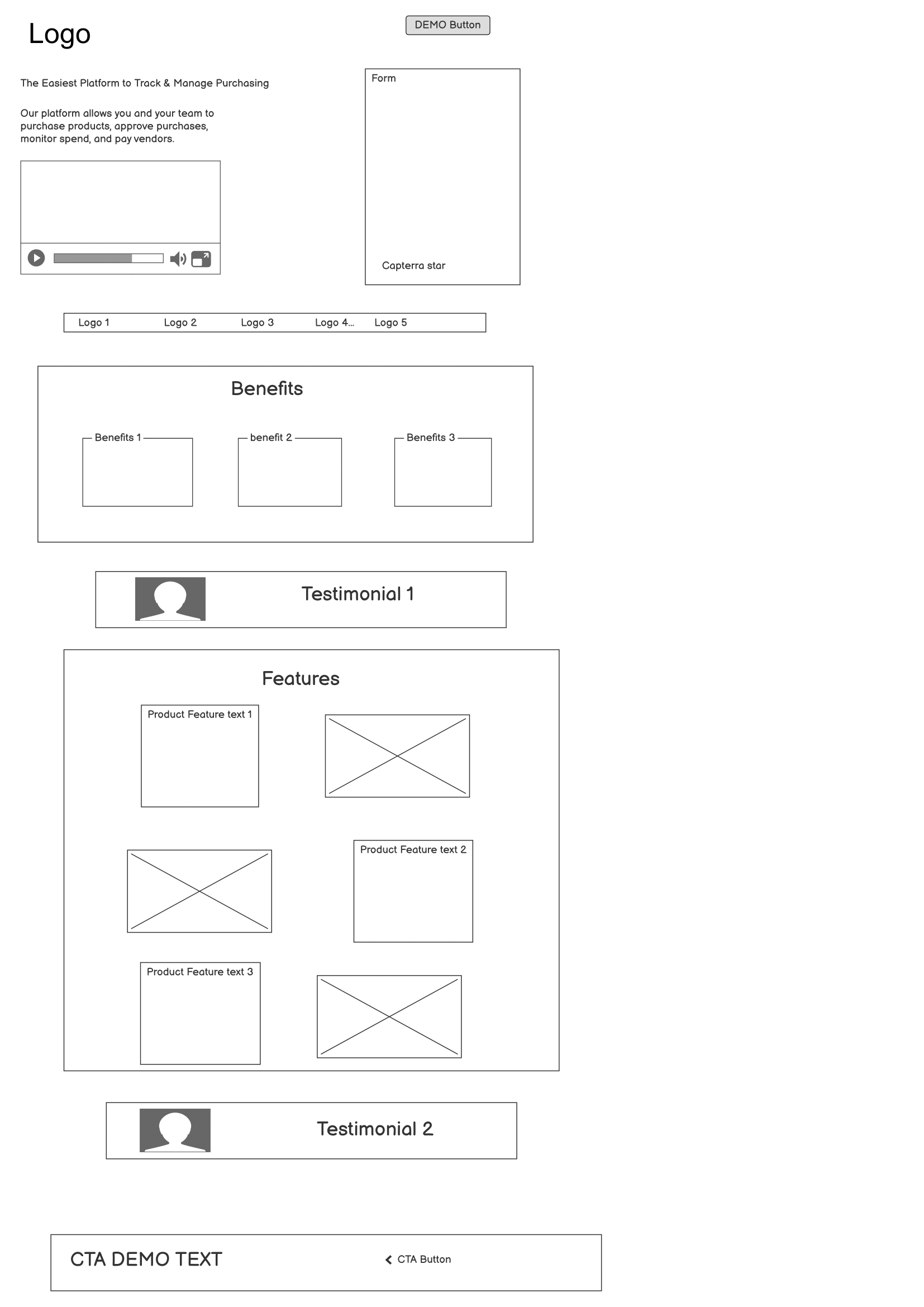
6 – Using PPC Metrics to Measure Success
Once your campaign is live, you will need to measure your key performance indicators (KPIs) to monitor and optimize as needed.
6.1 – Most Important Metrics to Measure Success
The 5 best KPIs to monitor are:
Cost Per Conversion (CPC)
You may know this metric by its other name: cost per action. Either way, this KPI will indicate the cost of the advertising against the success it is generating so far.
It is calculated by dividing the total cost of the ad by the number of conversions over a set period of time (such as daily, weekly, or monthly). High CPC could indicate optimizing is required (for example, your target audience may not be right).
Return on Ad Spend (ROAS)
As the name suggests, this metric is indicative of the revenue drawn from your ad so far and will provide insights into your ad’s overall success. It is calculated by dividing your ad spend by your generated revenue over a set period of time.
Impression Share (IS)
This metric measures the success of your ad’s impressions in comparison to the impressions generated by competing ads. It is measured by dividing the number of generated impressions so far by the number of impressions your ad should be able to generate.
Click-Through Rate (CTR)
Your CTR outlines how many leads are clicking on your ad after viewing it on the allocated platform and is calculated by dividing the number of clicks received by how often your ad has been viewed.
Cost Per Click (CPC)
This metric tallies up the amount you spend each time a lead clicks on your ad and is calculated by dividing the number of ad clicks by the overall ad cost. Monitoring this particular KPI will help you discern whether your CPC rate needs changing.
Case Study: How we Helped a Cybersecurity Company to Generate 42% More SQLs Using LinkedIn Ads
6.2 – Implement Offline Conversion Tracking
When we audit accounts, for the most part, we only see advertisers track the actions that happen when they land on the website, e.g.: form submissions and phone calls. While these metrics are important, they often don’t provide insight into the quality of the leads.
By seamlessly integrating your CRM data with Google Ads, you empower the platform’s algorithm to discern and prioritize high-intent leads, ultimately optimizing your ad placements to target users with a genuine propensity to convert into paying customers.
7- Best Practices
To nail your SaaS PPC campaign, you should harness these best practices.
Use Device Adjustments
Since most B2B buyers won’t book a demo or start a free trial on their mobile device, you should check the data from mobile clicks. Most of the time these conversions are far from qualified in comparison to those driven by desktops.
Consider advertising on a desktop only if you have a tight budget. Go to devices and decrease of 100% the bid adjustment for mobiles.
Be Clear With Your Headlines
A lot of Google users aren’t aware that SaaS solutions only serve B2B companies. Guide visitors directly via your copy with a pinned headline like “For Businesses”, or even better, if you target a specific sector or personas you should add it like “For HR Managers”, etc.
Negative Keywords
Make sure you add negative keywords like “free”, “cheap”, or “open source” to your campaign. B2C users tend to search for a free solution.
Adding Audience Segments
First, analyze your historical data in order to find the best-converting user segments. In your account go to the ‘Insights’ tab on the left-hand side and ‘Audience Insights’.
Within this section, you can see the Affinity, In-Market, Detailed Demographics, and Custom Segments that are driving your impressions, clicks, and conversions.
Simply find audience segments with higher conversion rates, layer these segments to your search campaign, and adjust the bids according to your best-performing audience segments.
If you’d like to learn more about how we help B2B SaaS and Tech companies grow their MRR through LinkedIn ads, contact us online or send us an email today at info@getuplead.com to speak with someone on our team.
You might also be interested:
- SaaS PPC Strategy: The Complete Guide
- How to Calculate Your SaaS PPC Budget: The Complete Guide
- 9 SaaS PPC Tips to Significantly Improve Performance
- SaaS PPC Consultant: How to choose the right one for your company
- SaaS PPC Agency: How to Choose the Best One for Your SaaS Company
- How To Conduct a SaaS PPC Audit To Improve Your Results
- How to Choose the Right Paid Ad Platform for your SaaS Business
- Google Ads for SaaS: The Ultimate Guide For Big Wins


